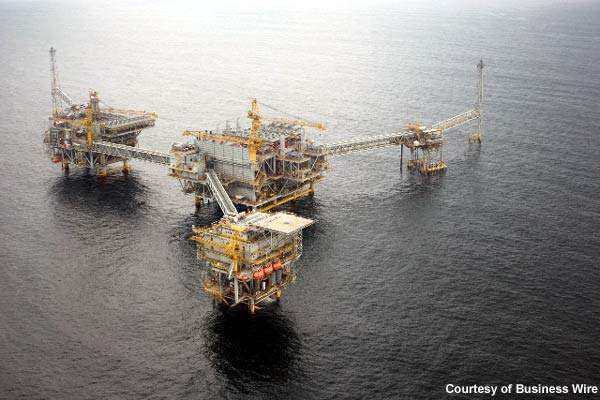The East Area Natural Gas Liquids Two (NGL II) project is located on Bonny Island, about 28km offshore Nigeria.
ExxonMobil affiliate Mobil Producing Nigeria Unlimited (MPN) is the operator of the project with a 51% interest, along with the Nigerian National Petroleum Corporation (NNPC) holding the remaining interest. The project is an expansion of the joint venture’s (JV) successful Oso-NGL project in Nigeria.
MPN is the only big oil company operating completely offshore Nigeria and holds more than 800,000 acres in water depths of 26-34m, off the south-east of the country. Production comes from 90 offshore platforms, with 283 flowing completions in 353 wells with a production capacity of about 720,000 barrels of crude, condensate and natural gas liquid (NGL) a day.
Commissioned in 2008, the $1.3bn project gathers gas from all the MPN fields, compress, extract NGL and inject lean gas to recover 275 million barrels of natural gas liquids from associated gas produced in the East Area reservoirs from blocks OML 67, 68 and 70. It uses about 950Mmscf of gas a day.
NGL II geology
The three blocks lie on top of one of the Niger Delta’s depositional prisms, a young Cenozoic complex that was built out over newly formed oceanic crust as the South Atlantic opened during the separation of the South American and African tectonic plates.
Following the opening of the South Atlantic, vast quantities of clastic sediments were poured into the delta, giving rise to three main rock units, which were deposited as prograded wedges. The middle unit, the Agbada formation, is the delta’s main reservoir unit and consists of shallower water marine sands and lagoonal sands and shales.
The Cenozoic complex is notable for its development of growth faults, which have produced the traps for its oil and gas fields, and which are not present in the other two rock units.
NGL II project details
The main components of the project include an offshore NGL extraction platform, called GX, more than 200km of new natural gas and NGL pipelines of various diameters, as well as the expansion of the existing onshore Bonny River Terminal.
At the GX platform, the gas is cooled and liquefied. Saleable liquids are piped to shore and exported through the Bonny River Terminal while the remaining gas is piped a short distance to the gas compression platform.
On the compression platform, the gas is pressurised to return to the outlying platforms and into the wells, where it increases the pressure in the wells to boost oil production, saving the gas for future use.
The project is part of MPN’s aim to reduce gas flaring, in conjunction with the existing and neighbouring East Area Additional Oil Recovery (AOR) project, which started in June 2006.
The project also represents the first time that a big oil and gas joint venture in Nigeria has used funding, which is about $220m of the project’s total investment, from Nigerian financial institutions. Nigerian companies also provided in-country fabrication, logistics support and other services, as well as training and development of employees and contractors for the project.
Contractors involved in the East Area Natural Gas Liquids Two project
Globestar was awarded the contract for the fabrication of the riser jacket and deck. Socotherm Nigeria completed the coating of the 200km-long pipeline.
Tvonne Nigeria laid the 10km-long Bonny Island pipeline, while Dredging Services Nigeria provided cofferdam and shore approach for the pipeline.








